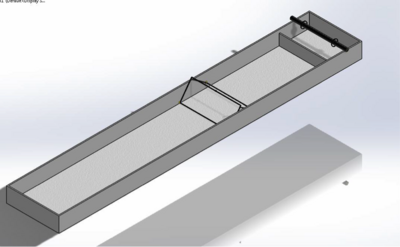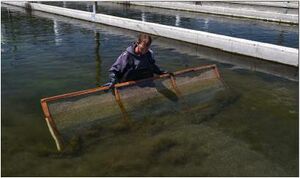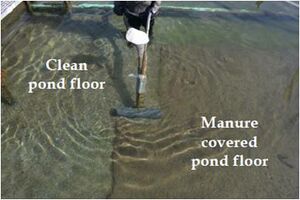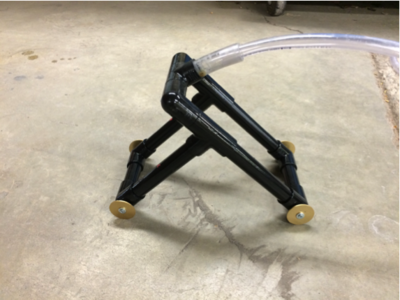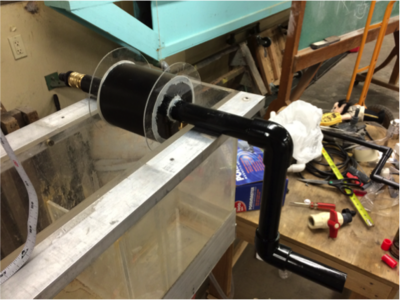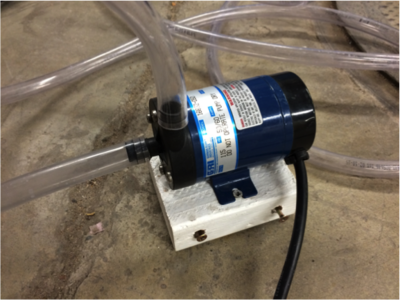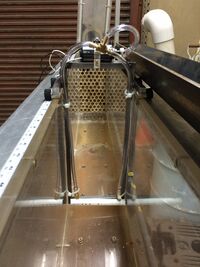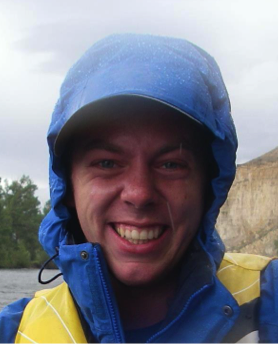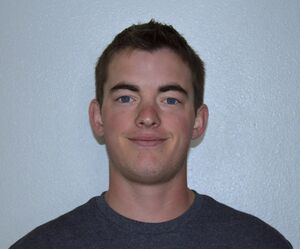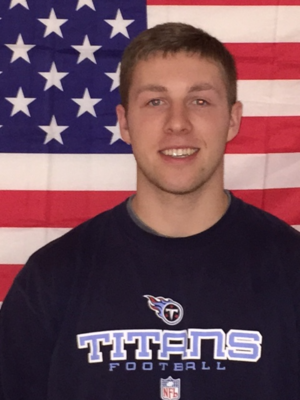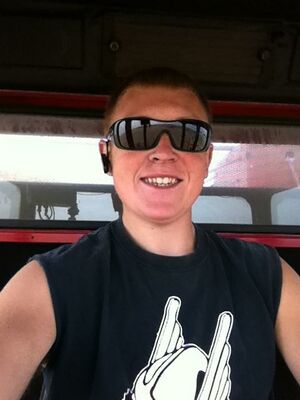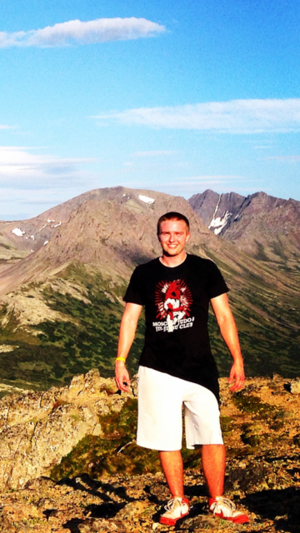Dynamic Fish Manure Extractor System
| [[File:|300px|center|alt=]] | |
| Fishing for Solutions Team | |
| Sponsors | |
| Team Name | Fishing for Solutions |
| Duration | Fall - Spring 2014/2015 |
| Faculty Advisors | |
| Mentor |
|
| Team Members |
|
Cleanliness in fish hatchery raceways is of the utmost importance when it comes to healthy fish. As an engineering team, our purpose is to design a system that can effectively reduce the build-up of fish manure on the bottom of the raceways without causing re-suspension of the manure in the water.
Project Learning
Background
Current techniques used to clean fish hatchery raceways take an unnecessary amount of time. Minimum wage workers spend hours upon hours cleaning fish manure out of the raceways, but are ineffective in doing so due to problems with re-suspension of fecal particles. Therefore, the lack of an efficient way to collect fish feces causes hazardous living conditions for the fish in the raceways as well as for the ecosystem where the hatchery discharges its water: the Snake River.
Current Method Used in Industry
- A screen that is pushed across the bottom of the raceways to collect manure (see photo)
- A vacuum that cleans waste in the quiescent zone (see photo)
- Quiescent Zone: area of the raceway designed to help the re-suspended particles have time to settle in the settling basins.
- Last 20 feet of the raceway
- No fish in this area
- Settling basins emptied by hand
Design Specifications and Client Needs
Our client requests a design that will accomplish the following needs:
- Remove feces from the bottom of raceways without re-suspension of particles
- Be durable (minimal maintenance)
- Be easy to use (anyone can operate)
- Be cost effective (less than our budget of $750)
- Be simple (be replicable)
- Cause a net decrease in labor
- Is automated and more efficient than the current method
- Increases overall productivity and health of the fish
- Increase dissolved oxygen levels
- Lowers phosphorous levels
Final Design Solution
| Final Design System Demonstration |
|---|
| Design Component | Description |
|---|---|
This is the A-Frame we created as our final design.
| |
This is the manual reel we designed to aid in the locomotion of the A-Frame.
| |
Here is the pump we used for our model design.
|
Preliminary Solutions before Final Design
| Design | Description | Pros | Cons | Reason for Choosing a Different Design |
|---|---|---|---|---|
| This was our first design attempt to extrapolate from last year's design. The idea was to create a velocity gradient by cutting another slit in the baffle, which essentially made two high velocity jets (the "old" and the "new"). Since the velocity of the jet depends upon the hydrostatic pressure and the flow rate in the raceway, the velocity of the "upper" jet will be slower than the "lower" jet. |
|
Manure was only delayed from re-suspending |
This design was eliminated because it delayed the problem by pushing manure downstream instead of eliminating the problem. If this solution were to be implemented, the downstream raceways could be adversely affected, meaning fish could become stressed, ill or could even die. This is obviously unacceptable.
| |
|
|
|
We chose not to continue with this design because although it was much more durable than other designs, it violated all other criteria given by our client.
| |
|
|
|
We ultimately did not choose this design because it was not stable enough when water was pumping through it. The weight of the water and the attached hose created a moment that made the system unstable. |
Videos of Preliminary Designs
| Design | Video |
|---|---|
| Preliminary Design 1: Baffle with Two Jets (*idea spurred from Chance Sundquist) |
|
| Preliminary Design 2: Frame with Trough |
Future Work
The next step is to build a larger scale model to be tested in the Coldwater Lab on campus. This will give a more similar environment to obtain data for analysis.
- Simulate actual raceway conditions and dimensions
- More accurate velocity and discharge measurements can be taken to improve pump selection
- More applicable materials can be used like bigger pumps, flexible hosing, and industrial reels
Another step is to implement full automation. Possible ways to accomplish this would be to design:
- Electric motor to rotate reel
- Gear ratio
- Use overflowing water to rotate reel
Team Information
| Team Member | Biography |
|---|---|
| Craig Woodruff is a Biological and Agricultural Engineer. Growing up along the Puget Sound in his hometown of Shelton, Washington he was drawn to water resources. He is planning on attending graduate school working towards a degree in water resources engineering. He is graduating from the University of Idaho in the Spring of 2015. | |
| |
| |
| My name is Steven Sainsbury. I grew up on a farm in a small town just south of Spokane called Valleyford, WA. I came to the University of Idaho to pursue a mechanical engineering degree to fulfill my passion of mechanics, how things work, and fabrication design. Upon graduation I will be working for a company in Spokane named Krueger Sheet Metal doing engineering and cost estimating. | |
|
Document Archive
File:Snapshot Day Powerpoint -1.pdf
File:Fishing for Solutions Snapshot -2.pdf
File:2014 Fishing for Solutions EXPO Poster.pdf
- Note: Design Review Presentations and Technical Presentation were too large to upload, however, all of the information from those presentations are on this webpage.
